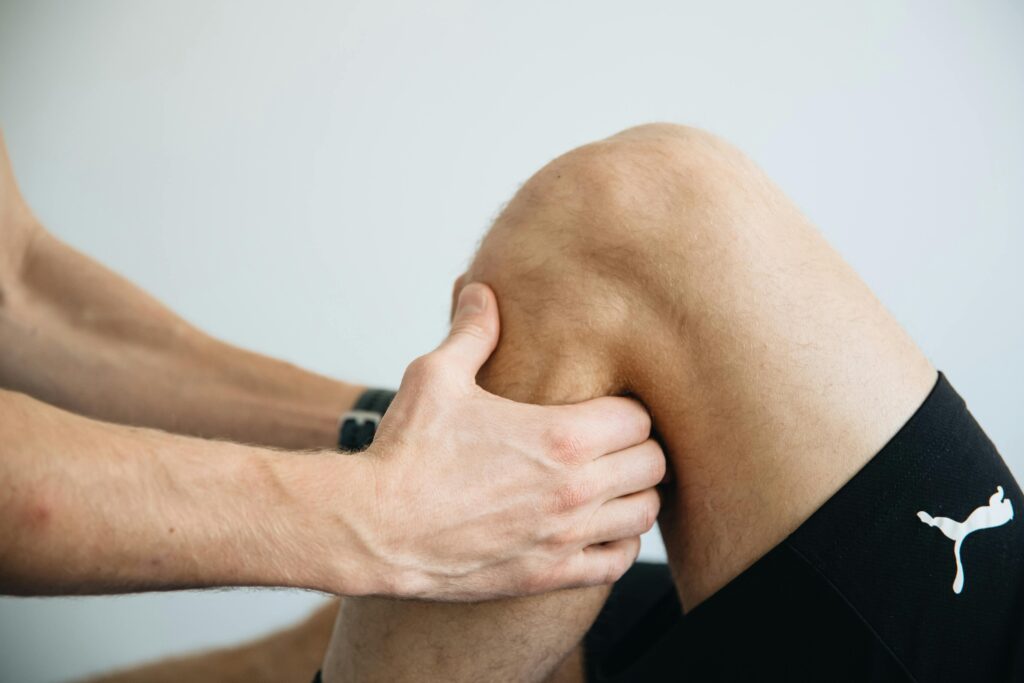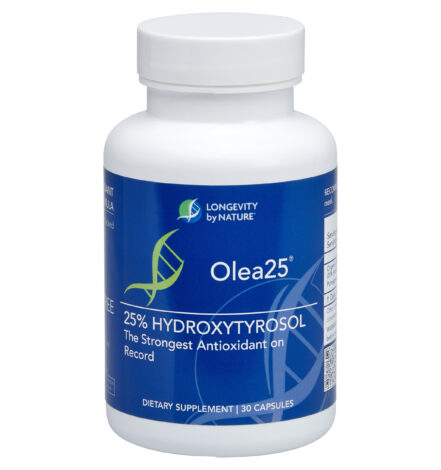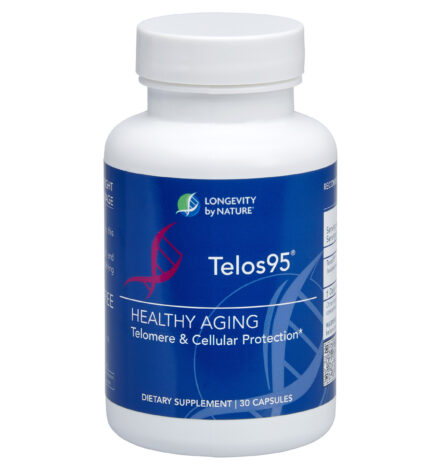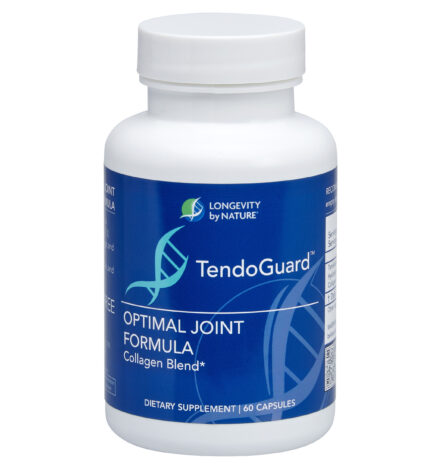Do you find yourself hesitating before simple movements? Does that familiar stiffness or nagging ache steal the joy from daily activities you once loved? It’s a frustrating reality for many.
But true joint health isn’t just about avoiding pain; it’s about regaining movement, enhancing flexibility, and experiencing comfort that empowers a truly active existence. This comprehensive guide is your roadmap. We’ll explore the vital components of healthy joints, uncover common challenges, and reveal actionable strategies. From smart lifestyle choices and nourishing nutrition to powerful, scientifically supported supplements like TendoGuard™ and KollaGen II xs™, and targeted exercise, we’ll give you tools to maintain agility and live vibrantly.
Understanding Your Joints: The Mechanics of Movement
To truly support your joint health, it’s essential to understand the intricate marvels that allow you to move so freely. Far from simple hinges, your joints are complex biological machines, designed to absorb shock, facilitate motion, and withstand the incredible forces of daily life.
Joints are the connections between two or more bones. But what makes these connections so remarkable? It’s the interplay of several key components working in perfect harmony. Consider how your knee bends or your shoulder rotates; this effortless action relies on more than just bone.
The ends of these bones are covered by a smooth, resilient tissue called cartilage, specifically hyaline cartilage in many major joints. This specialized tissue acts as a vital shock absorber, cushioning the impact of movement and drastically reducing friction between bones, allowing them to glide seamlessly over one another. Type II collagen is the major component forming the very structure of this essential hyaline cartilage, providing both strength and flexibility.
You’ll find synovial fluid within the joint capsule, a viscous, gel-like substance that serves as both a lubricant and a nourishing agent. Imagine it as the high-performance oil in a finely tuned machine; it minimizes friction between cartilage surfaces, ensuring smooth motion, and delivers essential nutrients to the cartilage, which lacks a direct blood supply. This fluid’s efficacy is largely due to components like hyaluronic acid and mucopolysaccharides, which are abundant in healthy cartilage and contribute to the fluid’s thickness and cushioning properties.
Ligaments and tendons provide crucial stability to the joints. Ligaments are strong, fibrous bands that connect bones to other bones, acting like natural ropes that limit excessive movement and prevent dislocation. Tendons, on the other hand, connect muscles to bones, enabling the transmission of force that allows you to move. Both ligaments and tendons are primarily formed from collagen.
Finally, some joints also feature small, fluid-filled sacs called bursae. These strategically placed cushions reduce friction between bones, tendons, and muscles, allowing for a smooth gliding motion, particularly in areas of high movement like the shoulder or knee. Their proper function contributes significantly to overall joint health and comfort.
Common Challenges to Joint Health: Recognizing the Red Flags
Even with their incredible design, our joints are susceptible to a range of challenges that can lead to discomfort, stiffness, and reduced mobility. Recognizing these “red flags” is crucial for proactive care and for maintaining your joint health over the long term. These issues can arise from natural aging processes, wear and tear, or underlying conditions, often leading to common complaints like joint pain or a general sense of limited movement.
Degenerative Conditions: The Effects of Time and Use
One of the most prevalent challenges is Osteoarthritis (OA), often referred to as “wear and tear” arthritis. This condition occurs when the protective cartilage at the ends of your bones gradually wears down over time. As this cushioning layer erodes, bones can rub against each other, leading to pain, stiffness, and reduced flexibility. The natural slowing of collagen production as we age directly contributes to this process, leading to arthritis and age-related joint pain. This is why the most common cause of joint pain often points to OA. It’s a progressive condition that many individuals face, making proactive support for cartilage health increasingly important.
Inflammatory Conditions: When the Body Overreacts
Beyond mechanical wear, inflammation can significantly impact joint health, causing discomfort and limiting mobility. Conditions like Rheumatoid Arthritis (RA) represent an autoimmune response where the body’s immune system mistakenly attacks the lining of the joints, leading to painful swelling, stiffness, and potential joint damage. Other inflammatory issues include Gout, caused by uric acid crystal buildup in joints, and localized conditions like Bursitis (inflammation of bursae) or Tendinitis (inflammation of tendons), often resulting from overuse or injury. These inflammatory processes can dramatically reduce mobility within joint areas and cavities, highlighting inflammation as a key target for joint health strategies.
Injuries & Overuse: Acute and Chronic Stressors
Our active lives, while beneficial, can also put acute and chronic stress on our joints. Direct injuries, such as sprains, strains, fractures, or dislocations, can immediately compromise joint integrity. However, it’s often overuse and repetitive stress that lead to insidious problems like tendinitis or cumulative micro-traumas. These strains of the muscle, tendons, ligaments, and cartilage can cause gradual damage and inflammation, leading to persistent discomfort and restricted movement. Understanding proper body mechanics and avoiding repetitive strain are crucial in preventing these issues from developing into chronic joint pain.
Pillars of Joint Health: Comprehensive Lifestyle Strategies
Supporting your joint health isn’t solely about addressing problems once they arise; it’s about building a proactive fortress of wellness through smart lifestyle choices. These comprehensive strategies work to maintain agility, prevent discomfort, and extend your capacity for vibrant living. By integrating these pillars into your daily routine, you empower your joints to thrive for years to come.
Maintaining a Healthy Weight: Less Burden, More Freedom
Perhaps one of the most direct and impactful strategies for joint health is achieving and maintaining a healthy body weight. Every extra pound you carry translates into significant additional stress on your weight-bearing joints, especially your knees, hips, and spine. This constant added pressure accelerates the wear and tear on cartilage, increasing the risk of pain and conditions like osteoarthritis. Conversely, even a moderate amount of weight loss can dramatically reduce the load on your joints, leading to noticeable improvements in comfort and mobility.
Regular, Appropriate Exercise: Movement as Medicine
While it might seem counterintuitive when experiencing joint pain, regular and appropriate exercise is vital for joint health. Movement is medicine for your joints. It helps strengthen the muscles surrounding your joints, providing crucial support and stability. Exercise also promotes the circulation of synovial fluid, which lubricates your joints and delivers essential nutrients to your cartilage. What exercises are good for joint health? Focus on low-impact activities like swimming, cycling, or walking. Incorporate strength training to build muscle support, and dedicate time to flexibility exercises like stretching, yoga, or Tai Chi to improve range of motion and reduce stiffness. Studies on joint support often highlight improved walking distance as a key benefit.
Prioritizing Hydration & pH Balance: The Internal Environment
Just as water is essential for every cell in your body, it’s particularly crucial for the health of your joints. Adequate hydration ensures that your cartilage remains plump and elastic, and your synovial fluid maintains its proper consistency for optimal lubrication and cushioning. But beyond simple hydration, the pH balance of your body’s internal environment plays a significant role in joint health and healing. Research, including findings from studies on joint supplements, shows that an acidic pH state (often linked to inflammation) can hinder the body’s ability to heal and assimilate nutrients effectively. Maintaining a slightly alkaline pH, especially in bodily fluids like saliva, is indicative of a healthy state and is foundational for the body to heal and effectively utilize vital nutrients and supplements.
Optimizing Your Diet: Fueling Anti-Inflammatory Resilience
Your diet is a powerful tool for supporting joint health. An anti-inflammatory diet can significantly reduce systemic inflammation that contributes to joint discomfort. Emphasize foods rich in omega-3 fatty acids (like fatty fish, flaxseeds, and chia seeds), colorful fruits and vegetables (packed with antioxidants), and whole grains. Conversely, limiting processed foods, excessive sugar, and unhealthy fats that promote inflammation is crucial. Adequate intake of bone health nutrients like calcium and Vitamin D is also key for the structural integrity surrounding your joints.
Good Posture & Body Mechanics: Aligned for Agility
Often overlooked, maintaining good posture and practicing proper body mechanics in daily activities can significantly reduce uneven stress on your joints. Whether sitting at a desk, lifting objects, or engaging in physical activity, correct alignment ensures that forces are distributed evenly across your joints, preventing unnecessary strain and wear. Paying attention to how you move, utilizing ergonomic practices in your workspace, and maintaining core strength to support your spine and pelvis can all contribute to lasting joint health and prevent localized pain caused by misalignment or repetitive stress. It’s about working with your body, not against it.
Targeted Nutritional Support: Key Supplements for Joint Health
While lifestyle strategies form the bedrock of joint health, there are times when targeted nutritional support becomes invaluable. This is especially true as our body’s natural production of vital compounds like collagen slows with age, often leading to pain and reduced mobility. When the aches creep in and agility feels compromised, high-quality supplements can provide the specialized building blocks and support necessary for true restoration.
The Foundational Role of Collagen in Joint Health
At the core of virtually all our connective tissues lies collagen, the most abundant protein in the human body. It serves as the primary structural component of cartilage, tendons, and ligaments, and even contributes to the health of our bones, skin, and eyes. Collagen is a complex protein composed of specific amino acids like glycine, proline, hydroxyproline, and hydroxylysine. This structure gives connective tissues their incredible strength, flexibility, and resilience. However, as research highlights, “Collagen produced by the body slows as we age,” leading to a reduction in these crucial building blocks and potentially contributing to conditions like arthritis and age-related joint pain. Strategically supplementing with bioavailable collagen, which works naturally as a food source and is processed for easy assimilation, can help mend and restore connective tissue, aid muscle strengthening, and promote better joint mobility, even in the presence of arthritic pain.
Spotlight on Clinically Studied Solutions: TendoGuard™ and KollaGen II xs™
At the forefront of innovative joint health supplementation are specific, clinically studied solutions like TendoGuard™ and KollaGen II xs™. These aren’t just generic collagen products; they represent targeted approaches to nurturing your body’s connective tissues with science-backed efficacy.
- TendoGuard™: TendoGuard™ is an innovative dietary supplement featuring a powerful blend of Egg Membrane and Avian Collagen Mix. This unique combination naturally provides essential glycosaminoglycans and proteins vital for maintaining healthy joint and connective tissues. It augments joint health by supplementing body constituents lost through normal life and aging. The supplement promotes structural recovery from injuries, aids in mending and restoring connective tissue, and contributes to muscle strengthening and improved joint mobility.
The Mortec Scientific Group conducted a 60-day clinical trial on TendoGuard™ involving 15 participants (ages 16-78) with diagnosed or undiagnosed cartilage injuries and arthralgia. The results were compelling:- Remarkable Pain Reduction: Participants experienced a significant statistical reduction of 84.1% in general pain at 30 days, continuing to a 70.7% reduction at 60 days. The average pain score, initially a high 10, plummeted to 1.5 by day 30 and leveled out to 0.75-1.0 by day 60.
- Increased Flexibility & Range of Motion: Flexibility increased by 29.6% at 7 days and 45.5% at 30 days, with range of motion associated pain reducing by 74.7% at 30 days.
- Diverse Clinical Responses: Qualitative findings included 4 participants significantly increasing walking distance (from <10 meters to 0.5-2 km/day), 1 canceling diagnostic arthroscopy, and seniors reporting a 78% average improvement in “stiffness” and “tenderness.” Participants with total joint pain saw mobility increase by 79%, and those with Fibromyalgia and CFS noted a 70% increase in their pain index improvement. One participant no longer required a walker, and a rheumatoid participant with OA symptoms saw over 50% QOL improvement.
- pH Normalization: A fascinating finding was the normalization of salivary pH from an acidic state to a healthy alkaline state (7.34-7.50) by Day 60, supporting the body’s improved ability to heal and assimilate nutrients.
- KollaGen II xs™: KollaGen II xs™ represents another clinically studied approach, featuring an avian sternal collagen type II hydrolysate. This unique composition includes 60-70% Collagen Type II and 20-30% mucopolysaccharides, serving as crucial building blocks for joint cartilage. Its manufacturing process uses water extraction to preserve the integrity of sensitive molecules. Preclinical studies indicate it is well-absorbed, reaching cartilage tissue and stimulating Type II collagen synthesis in chondrocytes (cells that produce new collagen). It’s theoretically poised to provide “extraordinary clinical therapeutic value for connective tissue disorders, improve mobility and activity… reducing inflammation.”
Two separate clinical investigations further support KollaGen II xs™:- 2014 Mortec Scientific Inc. Study: In this study, 15 participants (ages 17-81) with confirmed joint damage, including some already on glucosamine/chondroitin, showed significant improvements. Pain saw a remarkable 91.6% reduction at 60 days, flexibility increased by 68.5% at 60 days, and range of motion associated pain reduced by 76.1% at 60 days. Notably, all participants on Glucosamine and Chondroitin found KollaGen II xs™ performed better than their previous supplementation. Participants also reported improved healing after minor injuries.
- 2016 HealthMED Study: A 30-day trial on 15 subjects (45-75 years old) with knee disorders confirmed KollaGen II xs™ dramatically improved essential symptoms. They observed a general pain reduction (from an average of 8.73 to 2.36), a significant increase in range of motion (from 105.22° to 169.87° average), and improved muscle strength (from 58.43 to 102.89 average). This study confirmed its benefits for degenerative joint diseases, including OA and RA.
These clinical findings underscore the powerful, targeted support these supplements can provide for joint health, going beyond what diet and exercise alone might offer.
Embrace Agility, Live Fully
As we wrap up our journey into joint health, remember that maintaining your body’s agility is a powerful investment in your future. We’ve explored everything from how your joints work to common challenges like everyday wear and tear and inflammation, and even practical lifestyle strategies that make a real difference. Most importantly, you’ve seen the impressive clinical results for targeted support with supplements like TendoGuard™ and KollaGen II xs™, showing how they can reduce pain, boost flexibility, and improve overall quality of life.
So, don’t let stiffness or discomfort hold you back. Take action today: start with those simple lifestyle changes, and consider how clinically backed supplements can offer that extra push. Your ability to move freely is your gateway to a vibrant, active life, full of possibilities. Prioritize your joint health now, and enjoy every step of your journey.






